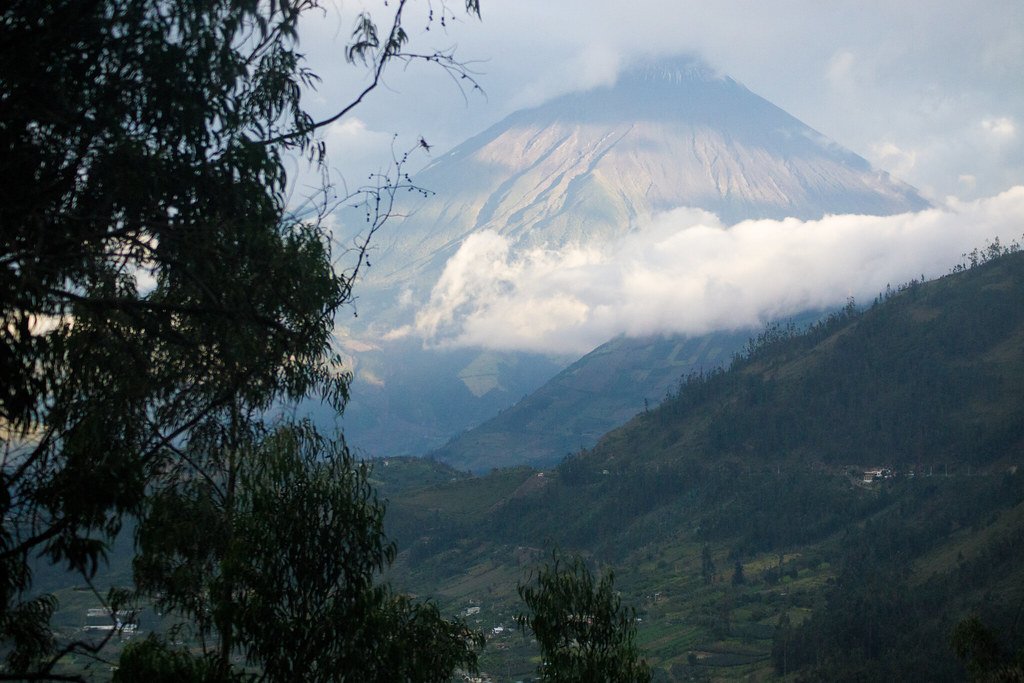In the lush forests of New Zealand, a nocturnal parrot, once thought to be destined for extinction, is making a remarkable comeback. The kākāpō, a bird both unique and endearing, has long faced the threat of disappearing from the wild. However, thanks to the tireless efforts of conservationists and the innovative strategies of New Zealand’s Kākāpō Recovery Program, the future is looking brighter for this critically endangered species. This article explores the history, challenges, strategies, and successes of this remarkable conservation journey.
A Brief History of the Kākāpō
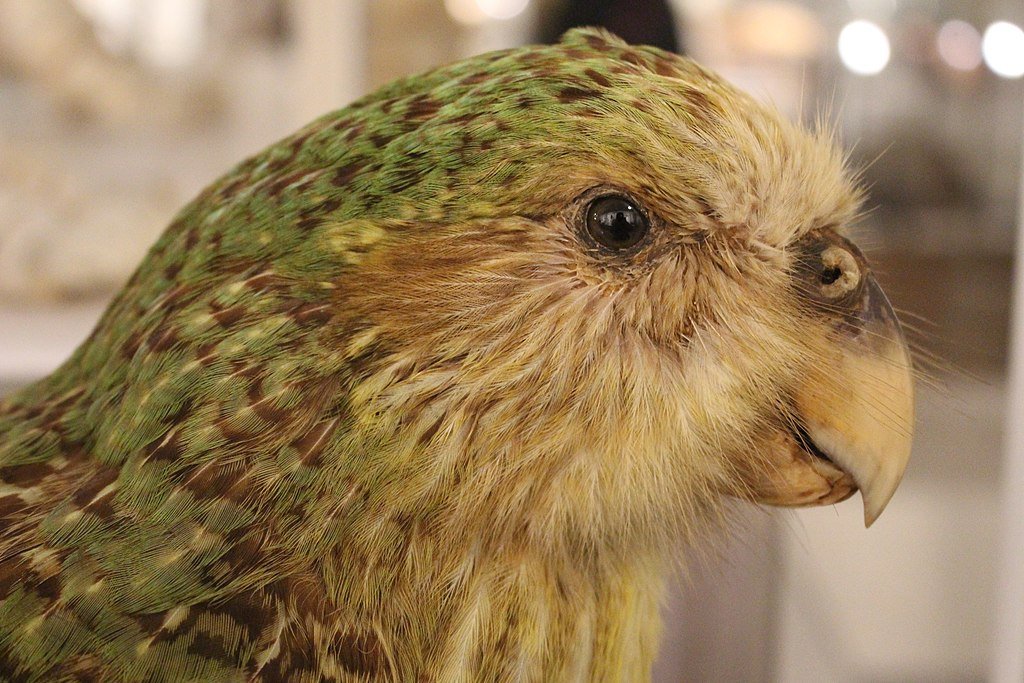
The kākāpō, also known as the “night parrot” or “owl parrot,” is an extraordinary bird native to New Zealand. Known for its distinctive features, it is flightless, predominantly nocturnal, and considered the world’s heaviest parrot. Kākāpōs have faced numerous challenges over the years, primarily due to habitat destruction and introduced predators. By the late 20th century, the species was on the brink of extinction, with only about 50 birds remaining.
Challenges Faced by the Kākāpō

Historically, kākāpōs thrived in New Zealand’s forests without natural predators. However, human settlement brought about significant change, introducing predators like rats, cats, and stoats, which targeted the vulnerable kākāpōs. Habitat destruction further exacerbated the issue, leaving these birds with shrinking territories and diminishing food sources.
The Birth of the Kākāpō Recovery Program
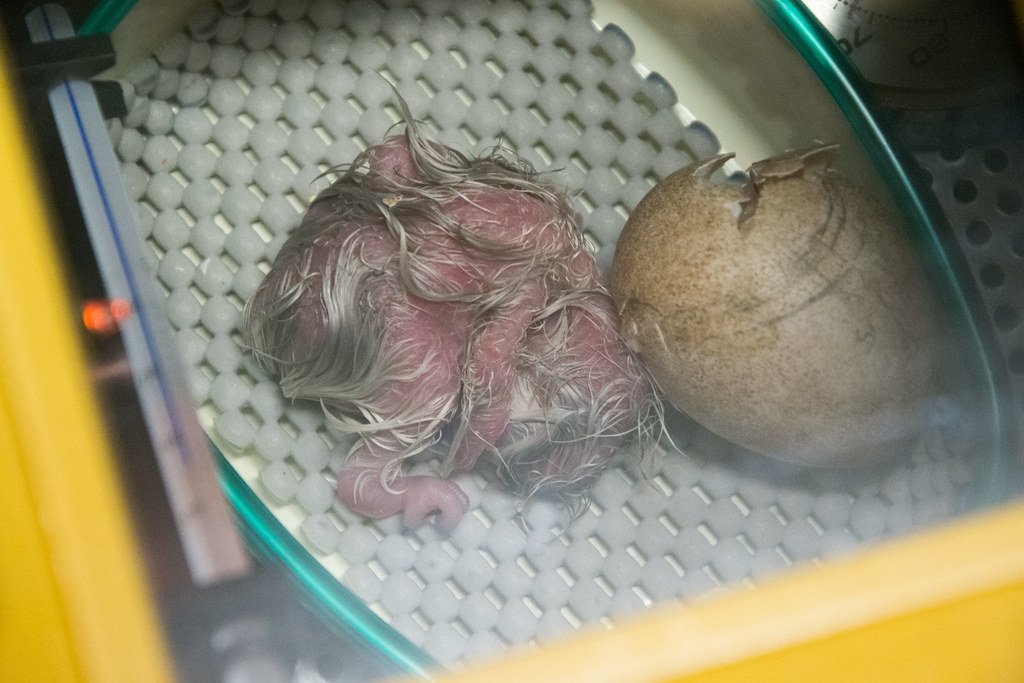
In response to the dwindling kākāpō population, the New Zealand Department of Conservation initiated the Kākāpō Recovery Program in the 1980s. The program focuses on protecting remaining birds, increasing their population, and securing a future for the species. This mission involves moving birds to predator-free islands, intensive monitoring, and innovative breeding techniques.
Innovative Conservation Strategies
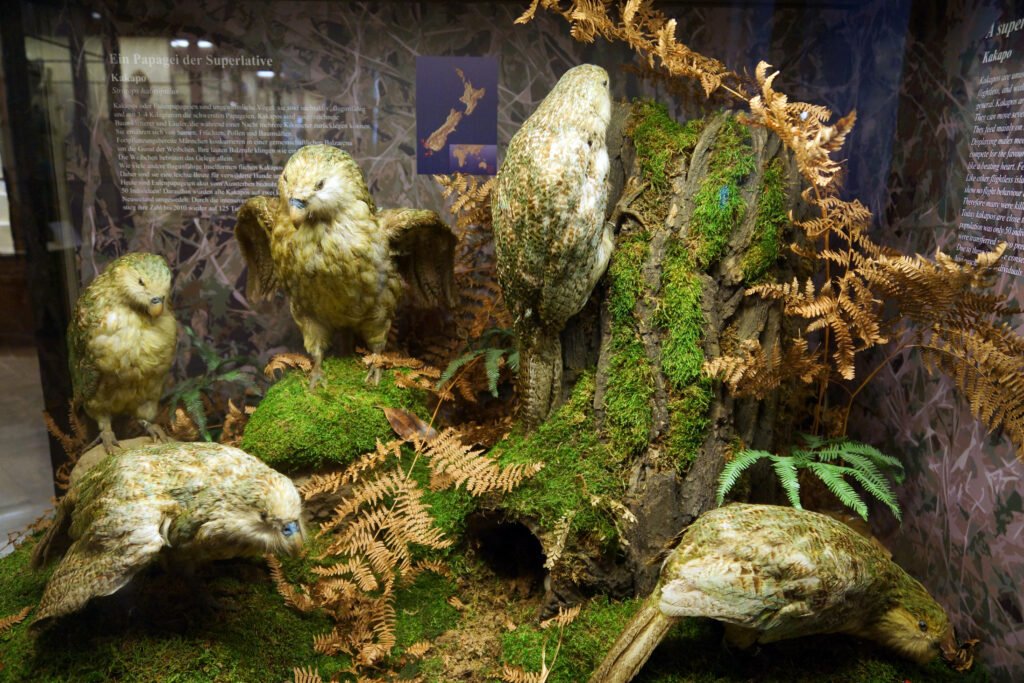
The recovery program has employed several groundbreaking strategies to boost the kākāpō population. One such method is supplementary feeding, which ensures that female kākāpōs have sufficient nutrition to successfully breed. Additionally, all birds are tagged and tracked using radio transmitters, allowing for constant monitoring of health and behavior.
Scientific Advancements Aid Recovery

Working alongside scientists, the program has utilized genetic research to manage breeding and increase genetic diversity within the population. By analyzing the birds’ DNA, conservationists can ensure the healthiest possible offspring, minimizing the risks of inbreeding and genetic disorders.
Community Engagement and Education

Community involvement has been a cornerstone of the kākāpō’s recovery. Local communities, along with international supporters, have participated in and funded efforts to save these birds. Educational programs have raised awareness about the kākāpō and its plight, galvanizing support for conservation actions.
The Role of Technology in Conservation

Innovative technologies have been pivotal to the program’s success. The use of infrared cameras, automated feeders, and data analytics has streamlined monitoring efforts, improving the chances of successful breeding and survival in the wild.
The Recent Surge in Kākāpō Numbers

As a testament to these concerted efforts, the kākāpō population has seen significant growth. From the brink of extinction, the number of kākāpōs has increased to over 200 individuals, a notable achievement for a species once facing annihilation.
Continuing Challenges and Future Goals
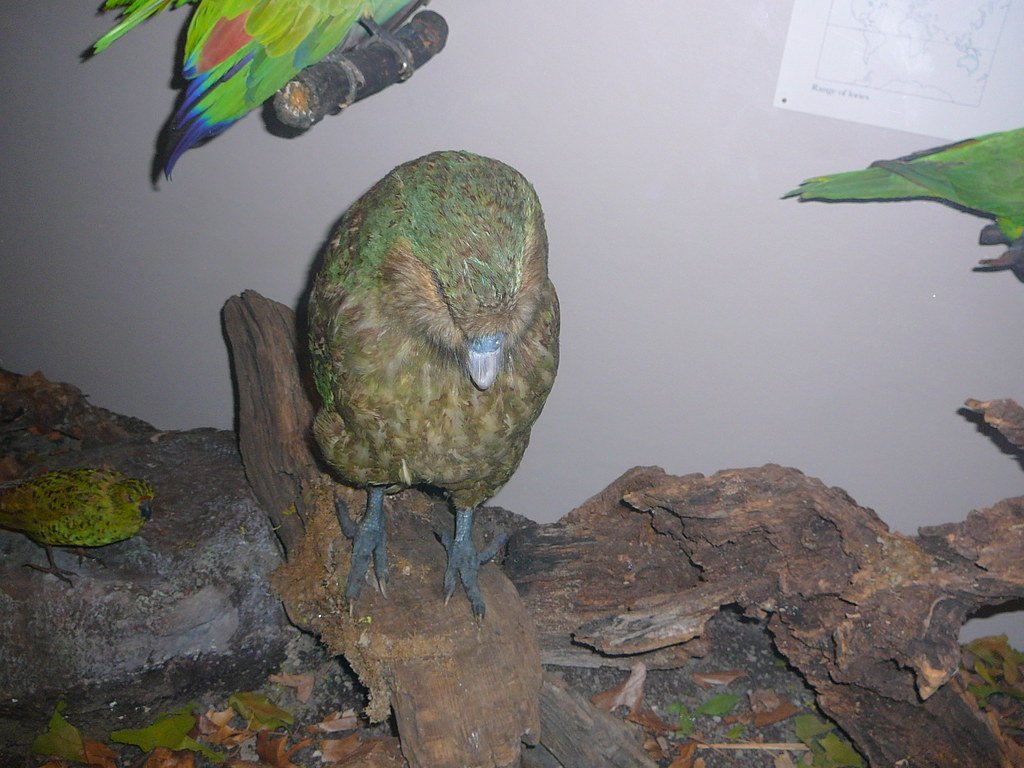
Despite the progress, challenges remain in the kākāpō recovery. Maintaining genetic diversity and managing unforeseen threats, such as disease outbreaks, continues to require attention. The program aims to establish self-sustaining populations on predator-free islands, ensuring long-term survival.
A Model for Global Conservation Efforts

The success of New Zealand’s Kākāpō Recovery Program provides a model for endangered species conservation worldwide. Its blend of science, technology, and community involvement offers valuable insights into effective conservation practices.
Concluding Thoughts: A Brighter Future for the Kākāpō

The journey of the kākāpō from the precipice of extinction to its current trajectory of recovery is nothing short of inspirational. Through comprehensive conservation efforts, this unique bird symbolizes hope and resilience. As the kākāpō continues to make strides towards a stable future, the lessons learned from this successful recovery program will undoubtedly inform and inspire future conservation initiatives globally.


